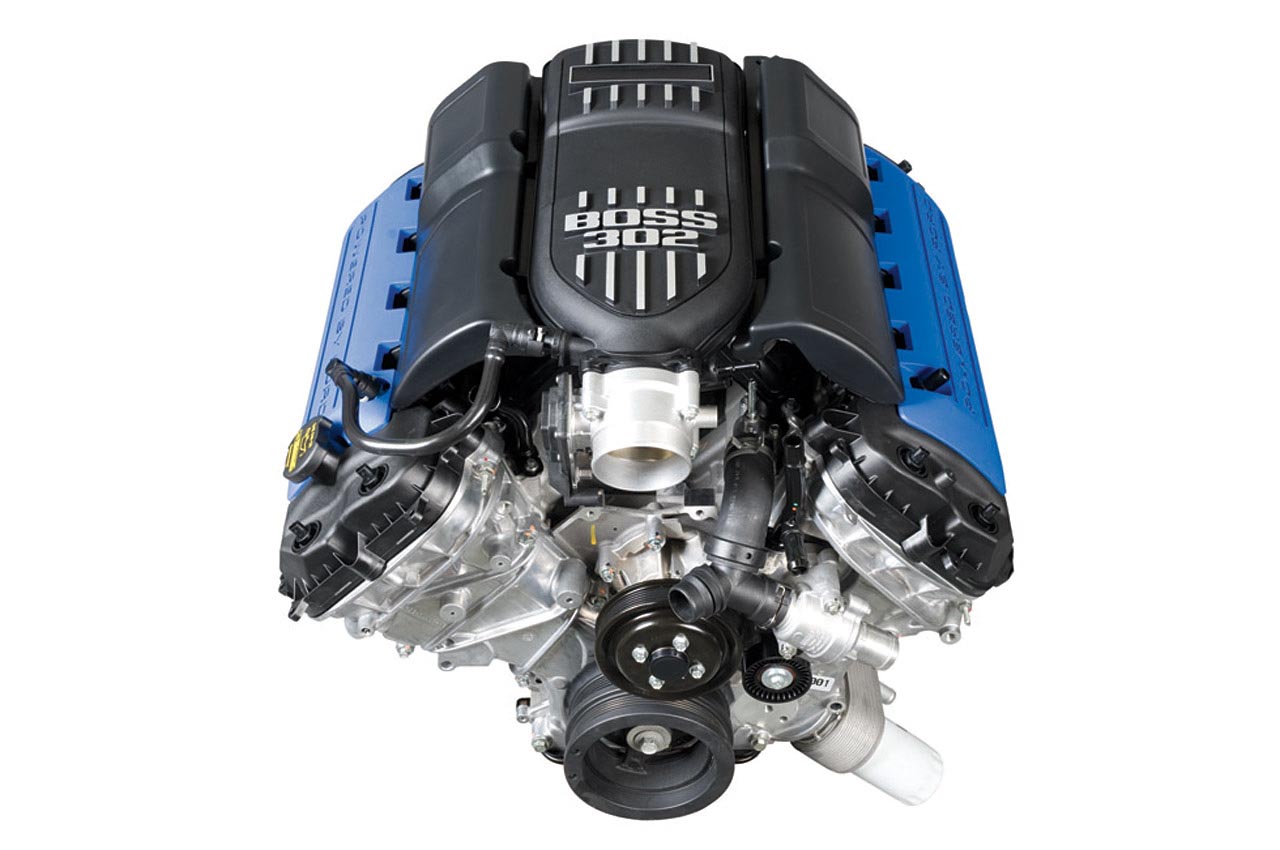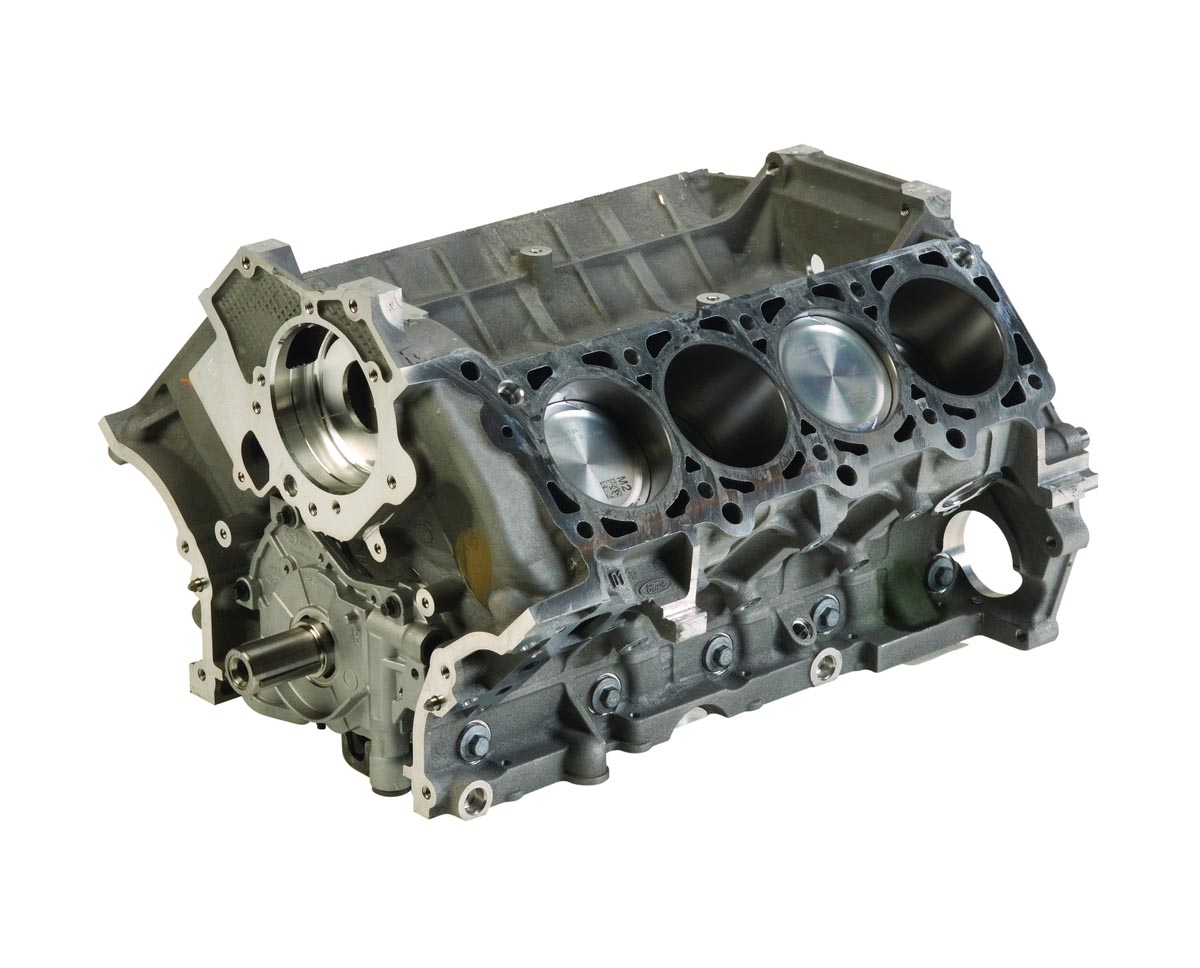The 2012 Ford Mustang Boss 302: A True Engineering Marvel
The Birth of a Legend
The Ford Mustang has always been a symbol of American muscle, but the 2012 Boss 302 takes it to another level. The all-new 5.0-liter dual-overhead camshaft (DOHC) V8 in the 2011 Mustang GT already set a high bar as the most powerful naturally aspirated production V8 Ford has ever produced. However, the Boss 302 was meant to be more than just powerful – it needed to be worthy of its legendary name.

Engineering Excellence: Beyond Just Power
A New Benchmark in Durability
To ensure the Boss 302 lived up to its name, Ford engineers didn’t just tweak the engine – they reengineered it from the ground up. They started by developing a new dynamometer cell to handle the engine’s projected 7,500 rpm redline. They then put the first engines into Boss 302R race cars and sent them straight to the track. The ultimate test was a torture regimen equivalent to running the Daytona 250 race flat-out more than 175 times in a row. Only when the 440-hp V8 passed these grueling tests, maintaining maximum power output without sacrificing durability, reliability, and drivability, was it deemed worthy of the Boss 302 badge.
Power Without Compromise
Staying True to the Original
Ford’s engineers began with a small group within the 5.0-liter V8 team, including two members from the original 1969 Boss 302 design team. Their goal: 440 horsepower and 380 lb.-ft. of torque with a broad, flat output curve up to the 7,500 rpm redline. They wanted to stay true to the original Boss 302 engine’s spirit, avoiding forced induction to preserve the naturally aspirated character.
“The core group of engineers on the Boss 302 engine understands and respects the heritage of the name and the history behind the original engine,” explains Mike Harrison, Ford V8 engine program manager. “The first Boss 302 was a specially built, free-breathing, high-revving small V8 that gave it certain desirable characteristics on a race course – and we capture that essence in the new engine.”

2012 Ford Mustang Boss 302 engine delivers 440 horsepower and 380 ft.-lbs. of torque without the aid of forced induction

The Boss block sports forged pistons and rods, special heads with a lighter valve train for higher revs.
Innovative Design and Technology
Breathing New Life into the Engine
The team’s first challenge was to enhance the engine’s breathing capability, crucial for horsepower production. They drew inspiration from the Ford Daytona Prototype engines, developing a short-runners-in-the-box design for the intake manifold, which eliminates lag when the throttle is opened and produces peak power at high rpm.
“The effect of the new intake design is dramatic,” says Harrison. “When I took the prototype car to Mustang Chief Engineer Dave Pericak, he took a short drive, tossed me the keys, and said ‘Book it – it’s in the program.’ That’s when the Boss 302 was truly born.”
High-Performance Components
To optimize cylinder head airflow, the team used CNC porting for the entire intake and exhaust port and combustion chamber. This precise machining process, taking 2.5 hours per head, ensures exceptional high-rpm airflow without sacrificing low-speed torque. They also engineered a lightweight, high-speed valvetrain and a bulletproof reciprocating assembly to ensure durability at peak rpm.
Boss-Specific Enhancements
Some of the critical components contributing to the Boss 302 V8’s performance and durability include:
- Revised Composite Intake System: Shorter runners inspired by Daytona Prototype racing engines for high-rpm breathing.
- Forged Aluminum Pistons and Upgraded Sinter-Forged Connecting Rods: Enhanced strength for higher combustion pressures and engine speeds.
- High-Strength Aluminum-Alloy Cylinder Heads: Fully CNC-machined ports and chambers for exceptional airflow.
- Lightened Valvetrain Components: Excellent dynamic performance up to speeds well above the engine redline.
- Sodium-Filled Exhaust Valves: Improved heat dissipation.
- Race-Specification Bearings: Higher load capability and improved high-speed durability.
- 5W50 Full-Synthetic Oil and Engine Oil Cooler: Better oil pressure and longer-lasting lubrication during extreme racing conditions.
- Revised Oil Pan Baffling: Improved oil control under racing conditions and high cornering loads.
Real-World Testing: From the Track to the Street
Collaboration with Race Teams
Unlike typical engine development, the Boss 302’s first batch of engines went straight to the track instead of the engine dyno. Ford Racing challenged the Boss engine team to provide engines for Boss 302R cars for the January Daytona race, giving the team real-world racing experience early in the program. This collaboration with Ford Racing provided invaluable data for optimizing engine calibrations, oil pan designs, and cooling systems.
“Working with Ford Racing has been invaluable,” says Harrison. “They were a wealth of information for setting up torque and power curves for road racing and identifying areas of concern during track runs that we wouldn’t have considered if we were just building a hot street engine. Every Boss 302 owner benefits from their contributions to the program.”
Production Durability Testing
Despite its racing pedigree, the Boss 302 V8 is still a production engine, built alongside the 5.0-liter GT engine at Essex Engine Plant in Ontario, Canada. It had to meet all standard durability tests, with the added challenge of running at higher sustained speeds. Ford had to re-engineer the dyno cells to handle the engine’s capabilities, running the engine at full output for tens of millions of cycles.
“Ford had no engine test cells built to run at that kind of sustained speed,” says Harrison. “We had to re-engineer the dyno cell with new balancers and jackshafts so the dyno wouldn’t fly apart running at redline hour after hour.”
The Legacy Continues
The 2012 Ford Mustang Boss 302 is not just a car; it’s a testament to engineering excellence and a homage to its legendary predecessor. From its meticulous design and innovative technology to its rigorous testing and real-world racing validation, the Boss 302 stands as a pinnacle of American muscle and a true masterpiece of automotive engineering.
Whether on the track or the street, the Boss 302 delivers an unparalleled driving experience, proving that even in the modern era, the spirit of the original Boss 302 lives on.











